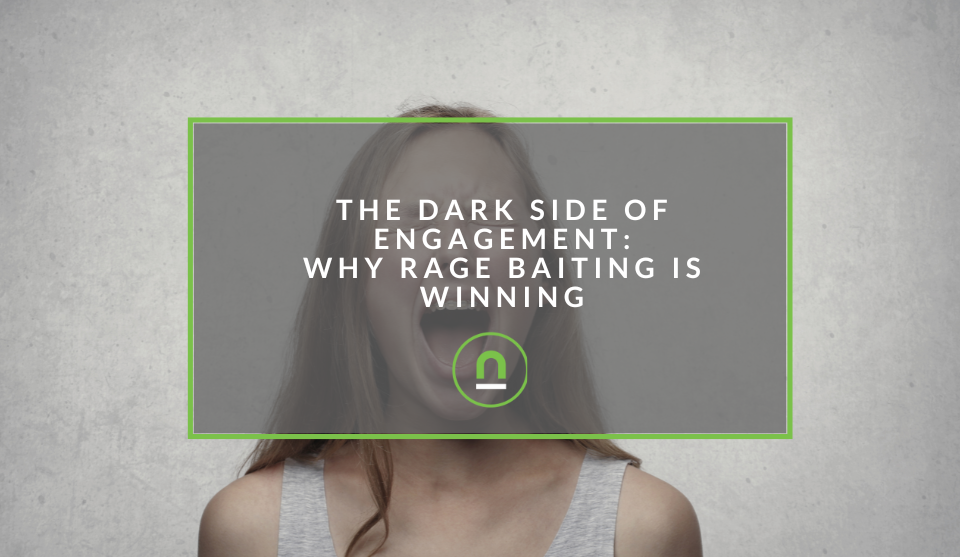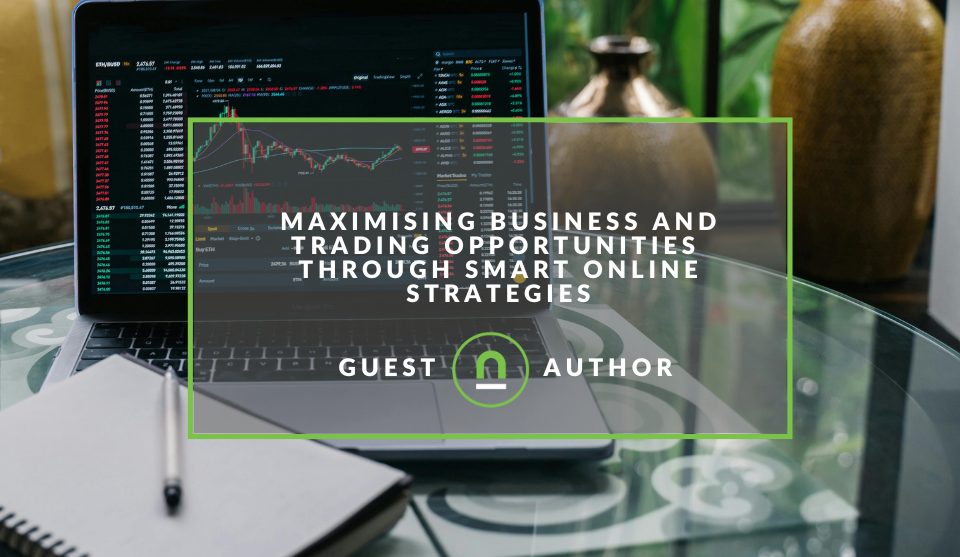Recent posts

nichemarket Advice
The South African VAT Threshold Chokehold
05 December 2025
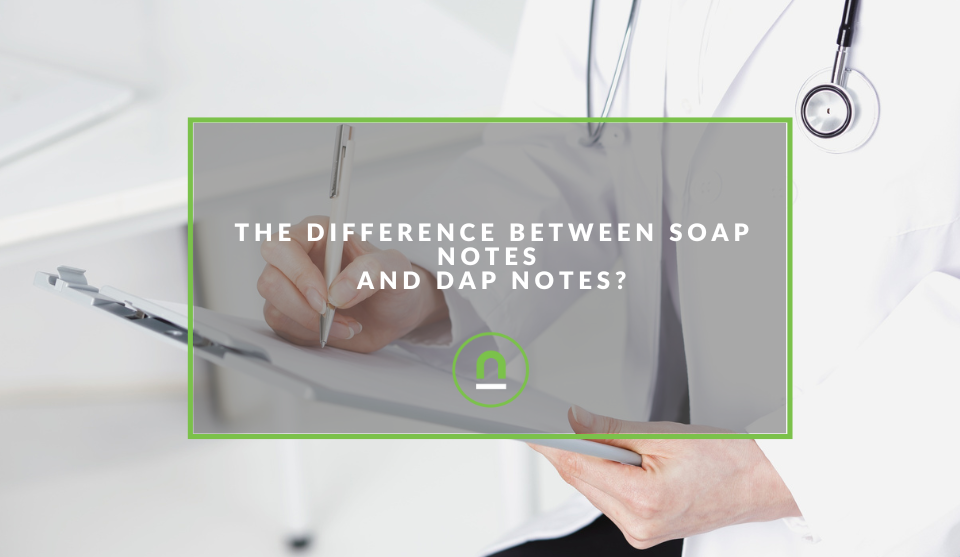
Doctors Orders
The Difference Between SOAP Notes and DAP Notes
02 December 2025
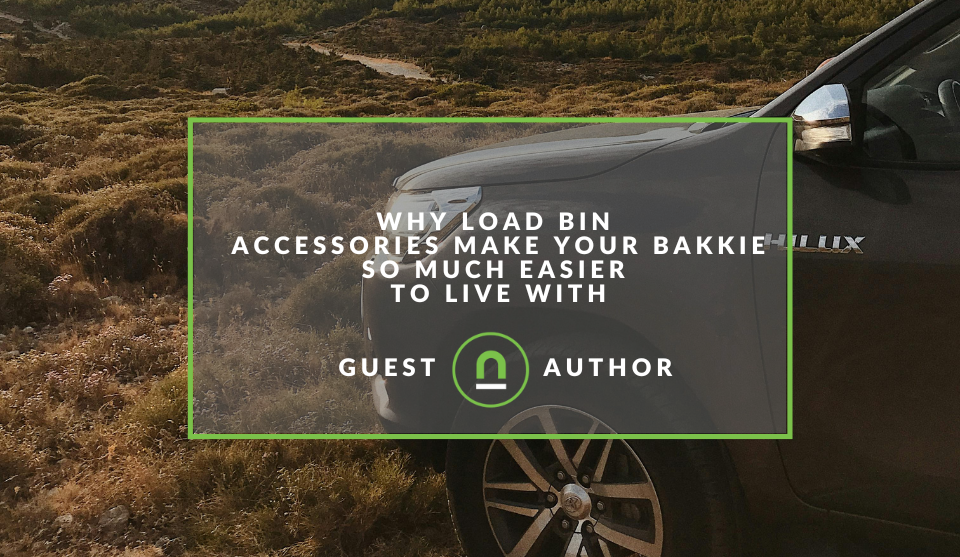
Petrol heads
Why Load Bin Accessories Make Your Bakkie So Much Easier to Live With
26 November 2025
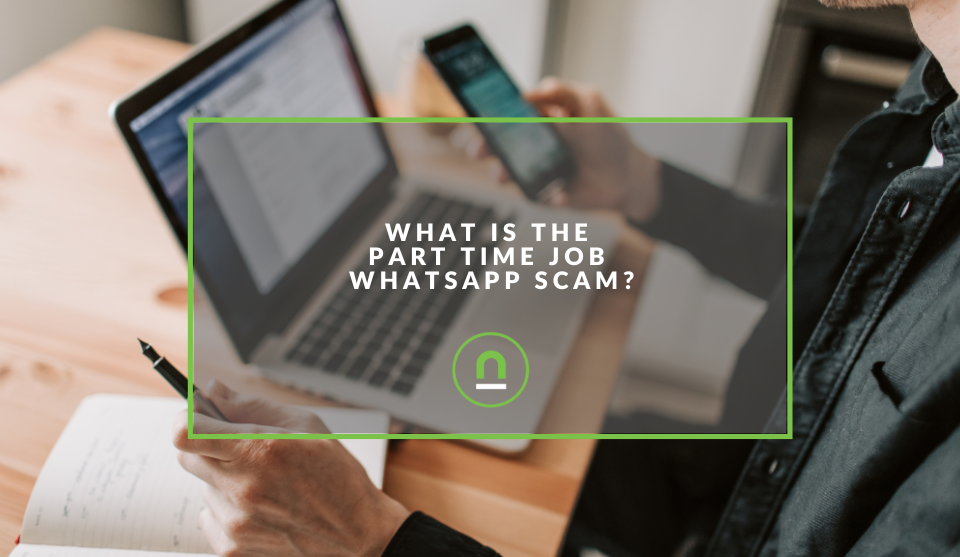
Alarming
What Is The Part Time Job WhatsApp Scam?
25 November 2025
Popular posts
Extravaganza
Trending Music Hashtags To Get Your Posts Noticed
24 August 2018
Geek Chic
How To Fix iPhone/iPad Only Charging In Certain Positions
05 July 2020
Extravaganza
Trending Wedding Hashtags To Get Your Posts Noticed
18 September 2018
Money Talks
How To Find Coupons & Vouchers Online In South Africa
28 March 2019
The Dark Side of Engagement: Why Rage Baiting is Winning
23 April 2024 | 0 comments | Posted by Che Kohler in nichemarket Advice
Platforms like Facebook, Instagram, LinkedIn, Twitter, and TikTok all rely on algorithm curation to make sense of the billions of pieces of content posted to servers every day; they claim it brings order to the chaos and keeps you seeing the most relevant content, but is that really true?
I mean, what would be more relevant to you than a chronological feed of posts from people and brands you choose to follow? Probably nothing, but it wouldn't be as profitable for these ad-serving sides of their business.
Social media offers you a free-to-access and use service, and your costs are offset by the number of ads you view. Hopefully, you will end up buying something to ensure the advertiser comes back.
To maximise the return on ad spend, social media platforms need to keep you chronically online and scrolling; this is the cost of consuming "free content" online and what looks like increasingly more ads disguised as content these days.
Social media thrives on engagement
Social media platforms are constantly sourcing interaction and viewing data to try to keep you inside their content casino. If you're not clicking on ads, you're providing data for future ad targeting, and a lot of that data comes from your interaction with influencers.
These social media super-users provide regular content to entertain you and feed advertising databases, and for them, they build an audience and metrics that are sold to advertisers on a secondary auction market.
As an influencer, you have to compete with the value provided by the native ad platforms, so you need to build up reliable metrics to convince brands that you're worth the marketing spend.
The more likes, comments, and shares you get, the higher your content climbs in the algorithm, reaching a wider audience. But this is harder than it looks, and the value of a follow, like or link click only increases with the level of competition for eyeballs online.
Some influencers resort to artificial boosting through bot farms and engagement pods, while others employ tactics based on social engineering.
So, what is this technique or growth hack? Enter rage baiting.
Rage baiting is the art of crafting content specifically designed to trigger outrage. It could be a misleading headline, a deliberately provocative statement, or even a staged scenario.
The goal?
To get a reaction, any reaction, because on social media, all press is good press (or so the saying goes).
Influencers using this tactic rely on the fact that there is a vocal minority online that does not have the ability to keep scrolling when they see something they disagree with and have to make it known that you're wrong or uneducated about a topic.
These commenters will provide the initial outrage fuel that will boost your post to more users. Commentators will argue with one another, as some defend the influencer, and the rest will dog-pile on the side they agree with, and so the engagement snowballs.
Users who might not be all that bothered by the rage bait, especially if it's something negligible, will only see the engagement metrics and think the influencer must be rather popular and entertaining, so they're worth a follow and a listen.
Why is rage baiting so effective?
Rage bait triggers responses in some people because it provides a point of contention and sets up an "us vs them" dynamic mentality that works so well online.
Outrage sells, it drives clicks, it drives time on site, it drives shares, so both influencers and the underlying platform benefit from the consistent prodding and poking of the user base to incite angry responses.
Here's the science behind the rage bait click:
- Emotional Response: Anger is a powerful emotion that fuels engagement. We're more likely to comment, share, or argue against something that upsets us.
- Confirmation Bias: We gravitate towards content that confirms our existing beliefs. An outrageous post aimed at our "side" feels like validation and encourages us to share it with our like-minded circle.
- Algorithmic Advantage: Social media platforms prioritise content that generates a lot of engagement, regardless of its nature. Rage baiting often sparks heated discussions, pushing it higher in feeds.
The price of anger
As humans, we're always looking for the quickest and easiest way to achieve a goal, regardless of the possible trade-offs involved. If your goal is to build a larger audience on social media or foster more engagement on your posts, rage-baiting does work, but you're going to have to contend with some unsavoury results.
While rage baiting might get you quick clicks, it comes at a cost.
- Echo Chambers: Rage-baiting content reinforces existing beliefs, creating echo chambers where people are only exposed to information that confirms their biases.
- Toxic Online Environment: Constant outrage fuels negativity and hostility online.
- Superficial Engagement: Comments on rage bait are often fueled by anger, not thoughtful discussion. This kind of engagement doesn't foster genuine connections with your audience.
- Hate commenting: Some people will literally follow you only to use you as hate fuel, to scratch that itch of having someone to shout at and call out, which is an unhealthy parasocial relationship for both parties.
- Limiting branding opportunities: If your goal is to monetise your social media, some brands will not touch you with a 10-foot pole once they've seen that your comments are filled with people spouting negative comments on each post.
Building a better social media strategy
So, how can you build your audience and engagement without resorting to negativity?
- Focus on Value: Create content that educates, entertains, or inspires your audience. Offer them something they can't get elsewhere.
- Be Authentic: Let your personality shine through. People connect with real voices, not manufactured outrage.
- Foster Conversation: Ask questions, encourage respectful debate, and respond to comments thoughtfully.
Building a loyal following takes time and effort, but it's worth it. When you focus on creating content that adds value, you'll attract an audience that's genuinely interested in what you have to say.
You'll build stronger connections, encourage meaningful conversations, and ultimately achieve sustainable growth on your social media platforms. Remember, authenticity and value are the antidotes to rage-baiting.
They'll win you a more engaged and loyal audience in the long run.
A word of warning to brands
If your brand has a no-care or lax attitude, rage bait will not deter you from funding certain online personalities. The Andrew Tates and Kick Streamers of the world have no problem acquiring partnerships with gambling sites and certain grey market products, but for the wider branding world, some due diligence is required before you punt an influencer.
Brands can't only chase metrics and possible sales but also need to factor in the risk of associating with an influencer who might draw their brand into a personal scandal, costing their business sales in the process.
Influencer marketing can be a powerful tool, and the right influencers can work wonders for a brand. However, brands need to be cautious with a lot of money flowing into this space, influencers' desperation to keep attention, and the rise of rage baiting.
Partnering with an influencer who relies on outrage for engagement can damage your brand image. Here's how to identify inauthentic influencers and steer clear of rage-baiting tactics:
Look beyond follower count and engagement metrics
A large following doesn't always translate to genuine engagement. Check the follower demographics and see if they align with your target audience. Look for engagement metrics like comments and shares – high follower counts with low engagement might be a red flag.
Content quality and consistency
Analyse the influencer's content feed. Is it consistently high quality and relevant to your brand? Watch out for overly sensationalised content or sudden shifts in tone or theme to capitalise on trends. This could be a warning sign.
It shows that the influencer doesn't have sway over their audience but rather tries to acquire views by jumping on what the algo is promoting that week.
While you might still have decent reach, the conversions will likely be fairly low.
Engagement patterns
Are comments civil discussions or full of outrage? Does the influencer respond to comments in a meaningful way?
Inauthentic influencers might have high comment counts but are filled with negativity or irrelevant one-liners.
Consider scraping the comments and seeking out keywords like hate, annoying, stupid, silly, etc., and see how often they appear. Then, narrow down the context of those comments and the ratio of negative to positive comments per post.
If you cannot crunch the data by pulling in posts via an API, you can also use social listening tools to process the data for you or speak to a social media data analyst or influencer-focused agency for help reviewing an account.
These tools can track online conversations about the influencer and your brand. They can help you identify negative sentiment or spikes in mentions associated with the influencer's rage-baiting content.
Transparency and disclosure
Does the influencer disclose sponsored content? Rage baiting is often used to mask inauthentic promotions.
Look for influencers who are upfront about partnerships and endorsements and the types of brands they've worked with in the past. If they're willing to take on sponsors outside their core focus, or expertise or promote grey markets like unregulated securities, you might want to avoid these money grabbing influencers.
Look for brand alignment
Does the influencer's overall brand image align with yours? Partnering with someone who frequently uses negativity can tarnish your brand's reputation by association.
Seek out authenticity
Look for influencers who consistently create valuable content and foster genuine connections with their audience. These influencers are more likely to generate positive brand sentiment and drive sustainable and beneficial engagement for your brand.
By following these tips, brands can avoid the pitfalls of rage baiting and partner with influencers who will genuinely promote their products or services to a relevant and engaged audience.
Remember, authenticity is key.
Look for influencers who create high-quality content that resonates with their audience, and you'll be well on your way to a successful influencer marketing campaign.
Contact us
If you want to learn more about digital marketing and need experts to help you navigate it, we’re happy to assist. Contact us, and we'll build a campaign strategy for your brand.
Are you looking to promote your business?
Business owners can create their free business listings on nichemarket. The more information you provide about your business, the easier it will be for your customers to find you online. Registering with nichemarket is easy; all you will need to do is head over to our sign-up form and follow the instructions.
If you need a more detailed guide to creating your profile or listing, we highly recommend the following articles.
Recommended reading
If you enjoyed this post and have a little extra time to dive deeper down the rabbit hole, why not check out the following posts about tracking?
- How To Track Social Sharing In Google Analytics
- Get Back Your Google Analytics Account With These Simple Steps
- How To Properly Set Up Google Analytics With Shopify Sites
- Google Analytics Interaction Hit Vs Non-Interaction Hit
- How To Track Video Views With Google Analytics
- How To Track Search and Zero Search Queries In Google Analytics
You might also like
Where Press Releases Live In An Age of AI
21 November 2025
Posted by Che Kohler in nichemarket Advice
How the press release landscape will be affected by the move to AI overviews in search, users moving to LLMs for information and AI summary tools on ...
Read moreMaximising Business and Trading Opportunities Through Smart Online Strategies
07 November 2025
Posted by Marcus Nord in Money Talks
This article aims to outline for entrepreneurs, SMEs, and individual traders how better outcomes might be achieved through well-designed online strat...
Read more{{comment.sUserName}}
{{comment.iDayLastEdit}} day ago
{{comment.iDayLastEdit}} days ago
 {{blogcategory.sCategoryName}}
{{blogcategory.sCategoryName}}
